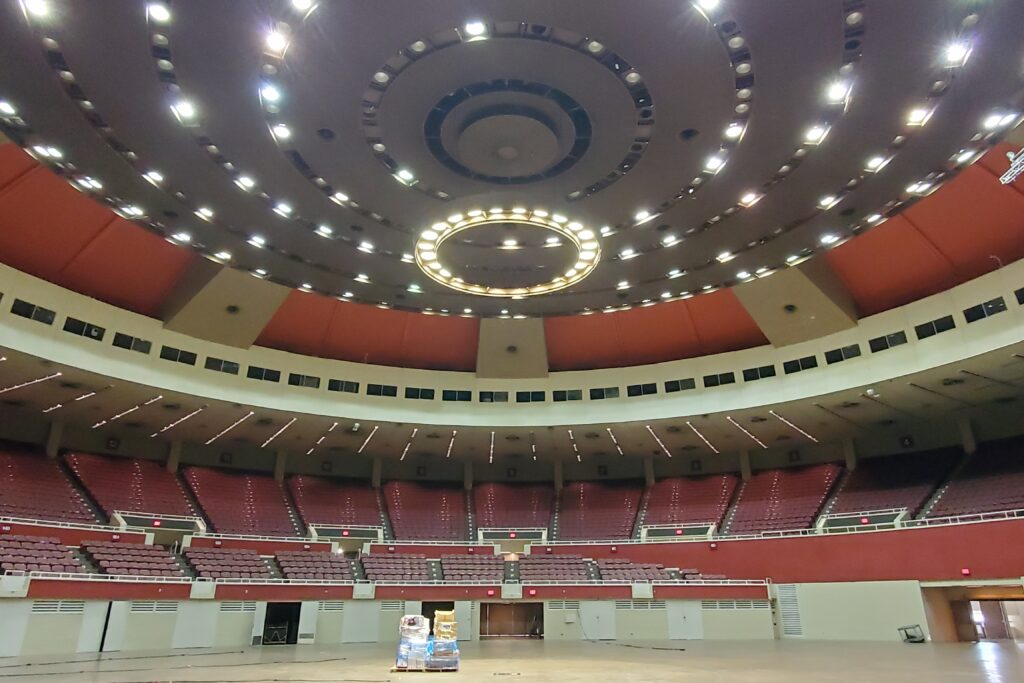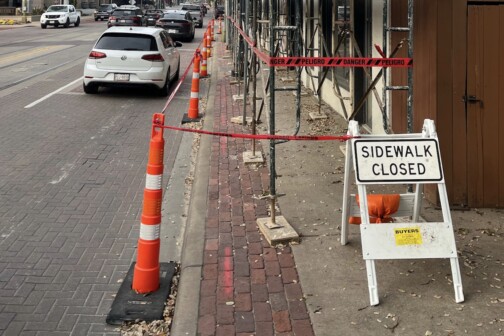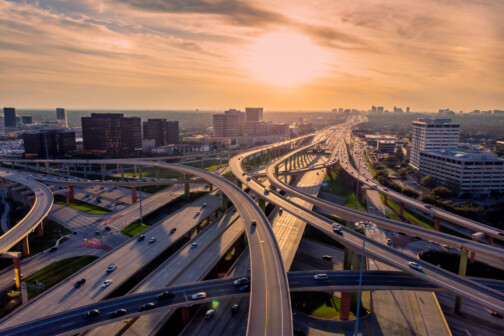There is no more boring, ugly, and polarizing a building in Dallas than the Kay Bailey Hutchison Convention Center. More than just a hideous piece of architecture—so gargantuan that it snuffs out the urban life of the entire southwest corner of Dallas’ central core—convention centers, as a business, are questionable. When you try to dig into the byzantine economics of the convention center business, it’s easy to get turned around.
On the one hand, Rosa Fleming, the city’s director for convention and event services, can make a convincing case for the economic activity the convention center generates for Dallas. She can cite eye-popping numbers: $855 million in annual revenue from event bookings, $200 million annually tied to direct visitor spending, $65 million generated in hotel tax revenue.
But what makes this supposed impact difficult to appreciate is that people who live in Dallas can’t see it. Because of the center’s design—and the wasteland of concrete that surrounds it—convention activity remains sequestered inside its dominion of cavernous exhibit halls.
So, when an academic like the UT San Antonio public administration professor Heywood Sanders writes a book that calls the entire industry a boondoggle, his arguments feel convincing. After all, much of the justification for convention centers come from the way they supposedly generate trickle-down economic benefits, with conventioneers spending money that otherwise wouldn’t be spent on hotel rooms, restaurant meals, and even tickets. But it’s difficult to count those receipts.
Particularly in the wake of the COVID-19 pandemic, when the world gathered digitally in lieu of personal meetups, the justifications of the convention center business’ future feel murky. Talk to Craig Davis, the president and CEO of VisitDallas, and he’ll tell you the business is roaring back. Catch that old convention center grinch Sanders on the phone, and he’ll tell you that the business hasn’t grown in decades and the whole thing is going to tank.
This month, the convention center will once again become a subject of public debate. The Dallas City Council is set to vote on a few options for a massive, multibillion-dollar renovation of the center that are laid out in a master plan completed last year. That vote will likely redraw the old battle lines between convention center critics and boosters, just as the debate over the development of the Omni Dallas Hotel did in 2009.
But here’s the thing to remember as the debate heats up: this time the conversation isn’t really about the convention center, the convention business, or murky economics—at least not directly. This time, the real debate is over the future of downtown Dallas.
As I write in this feature about the center that appears online today, the strange ways in which the city and state have opted to fund convention centers have generated huge quantities of hotel tax dollars that can’t be used for anything but the convention center. That’s frustrating. Those tax dollars are not collected from Dallas residents, but from visitors, and it would be nice to be able to use them to fund some of Dallas’ basic needs and services, like better transportation, more affordable housing, streets without potholes that swallow bicycles—things like that.
But the reality is those hotel tax funds can only be spent on the convention center. Not only that, but the Texas Legislature in recent years has also created an additional funding mechanism available to the city to generate even more tax revenue from out-of-towners for the convention center. I know, it’s madness. I think it should be changed. But today, that’s just how it is.
But here’s the deal: this leaves Dallas in a funny position. An opportunistic position, I would argue. It has a big bag of free money. It can only spend it on the convention center. But the convention center has reached the end of its useful life. What should the city do? It should spend that money on tearing down the convention center to undo the ways it has contributed to the deterioration of downtown Dallas over the past 70 years.
What will this look like? You’ll have to read the piece to find out.
Get the D Brief Newsletter
Author






